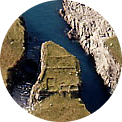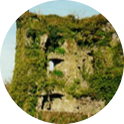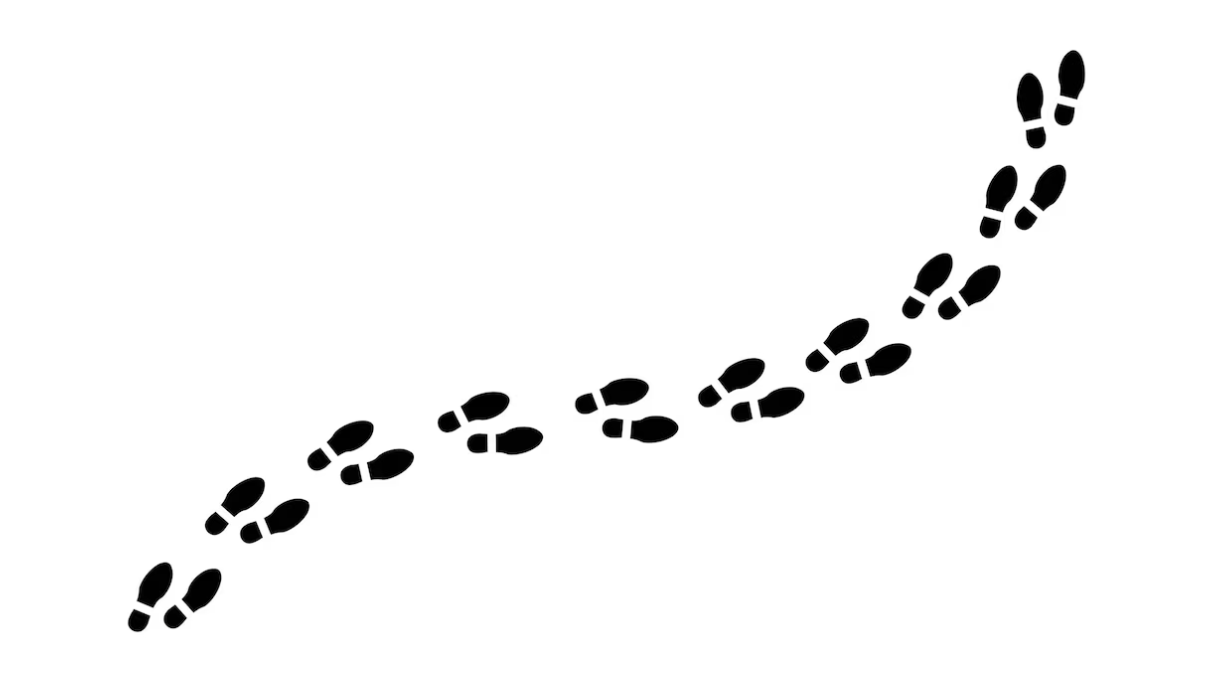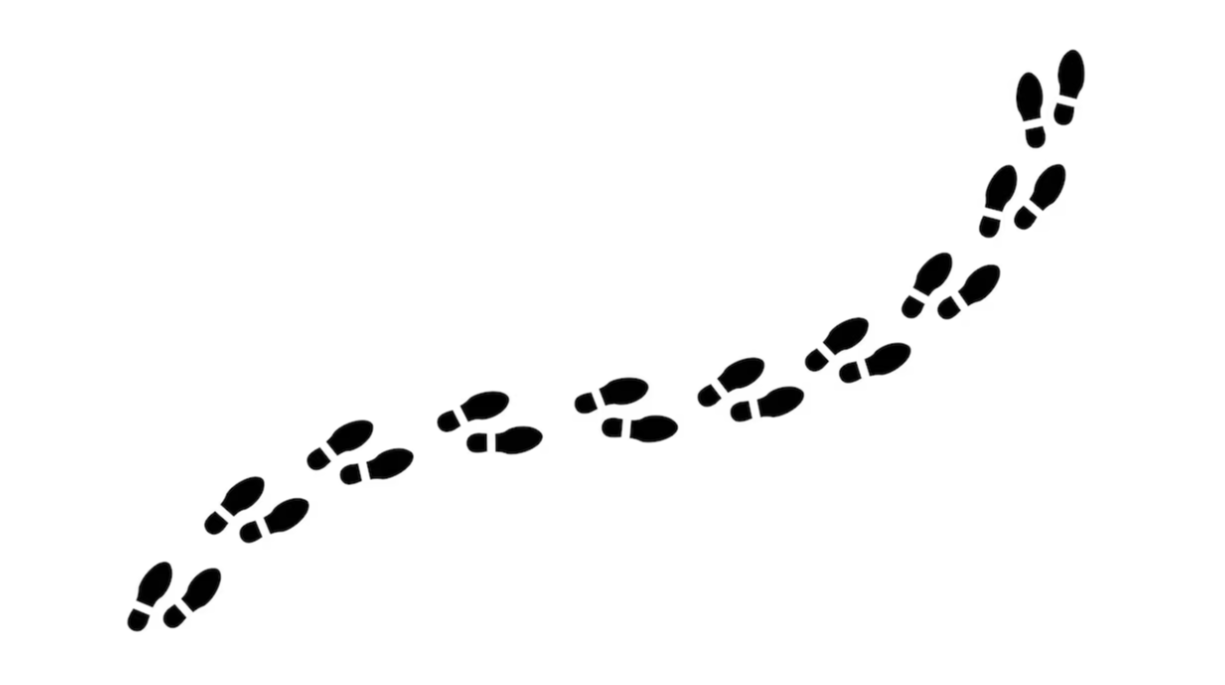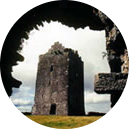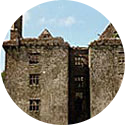Historic March of 1603
This famous and epic march undertaken by O' Sullivan Bere to Leitrim through the Counties of Cork, Limerick, Tipperary, Offaly, Galway, Roscommon, Sligo and eventually Leitrim arose as a result of the Irish and the Spanish defeat in the Battle of Kinsale at the hands of the Crown forces.
Battle of Kinsale
The Battle of Kinsale began on the 17th of October 1601 with the 3400 Spanish soldiers under the command of Aquilla supported by O'Sullivan Bere, O'Driscoll and the O'Connors of Kerry. Aquilla surrended on the 12th January 1602 and handed over the four Spanish defended castles along the South West Coast. Donal Cam, chieftain of the O'Sullivan Bere Clan rushed back to Dunboy and began to fortify the castle against an attack that started on June 6th and lasted 11 days with the Crown forces storming the castle and bombarding it with cannon-fire. Harassed by the Crown forces and having lost his lands and his herds of cattle and sheep, he left the Beara peninsula and the Bay of Bantry where the French invasion took place in 1796, to begin the long march to Leitrim to meet the O'Rourkes. Accompanying him were 1,000 men, women and children representing the first large-scale exodus of people from Beara peninsula region. When the Beara men travelled from West Cork as well as his followers were members from other clans O'Collins, McAuliffe, O'Rourke, Fitspatrick, McGuire, O'Keeffe, O'Donoghues,O'Driscoll, McCarthy, McSweeney, Carrs, Quigleys and Naughtons. In the middle of January 1603 they finally reached their destination with only 35 people remaining, many settling along the route and been known since then in these localities as the Bearas
After Dunboy (the home of the O'Sullivan Bere Clan) and Dursey Island castles and their defenders were wiped out in June 1602, O'Sullivan Bere went on a campaign of guerrilla warfare around West Cork, where he took at least six castles. By December 1602 Donal Cam and his followers were camped for the winter in Glengarriff. Crown forces, under Wilmot, attacked and took his creacht, 4000 cattle and 2000 sheep. Faced with overwhelming odds and starvation and the O'Sullivans left Beara on their epic march to Leitrim
Glengarriff
O'Sullivan the Chieftain of Dunboy castle began his forced march from the woodland of Glengarriff. After his defeat and retreat from his fortress he sheltered for a time in the area known as Doire Na Fulla (The Oak Tree of the Blood). Legends will say that many of the primitive stone shelters encountered in the mountains, date from this settlement. There is no doubt however that the oak woodland, more extensive at that time, would have been an ideal base from which to regroup his forces. He left on December 31st to begin his retreat to Leitrim and it is said that his wife and young child stayed behind and sought shelter in a place known as Eagle's Nest. O'Sullivan past Carriganass Castle, the last of the O'Sullivan castles. He travelled over the hills onto Gougane Barra. From here he had the last view of the Beara Peninsula and Bantry Bay, which is family ruled for over 400 years.
Ballingeary
When O'Sullivan Bere made his epic retreat in 1602, his
first camp was An Teampaillin, Augheris, 5km north
toward St. Gobnait's shrine in Ballyvourney,
O'Sullivan had his misfortune to lose his horse, known
as An Cearc, drowned in a place known to this day as
Poll an Circe (The Hole of the Hen). Only one of the great
many losses that winter.
Ballyvourney
O'Sullivan Bere rested awhile in St. Gobnait's shrine, a pilgrimage site which had been granted a papal indulgence by Pope Clement the 8th in 1601. Here they prayed for a safe journey northwards but in spite of their best endeavours they were attacked in Ullanes by a garrison from the Mac Carthaigh castle from nearby Carrig a Phuca and although the enemy were defeated. The clan lost a lot of their baggage in the skirmish. Dunhallow From Muskerry, O'Sullivan Bere travelled north east to ford the river Blackwater at Boinng Ford |
near Millstreet and was afforded food and hospitality by O'Keefe at Boinng Castle. Some O'Keefes attacked them nearby at Flintfield and the McCarthys of Drishane and Kilmeedy tried but failed too ambush them. They travelled north to Clonfert (Newmarket) via Maher and Derrinaturbid and were welcomed by Mc Auliffe. On hearing of a threatened attack by Barrys of Buttevant they swung east to Freemount and to Ardfinnan and the Glen of Aherlow rather than a direct approach to the River Shannon. |
Ballyhoura
O'Sullivan Bere made his crossing through Ballyhoura country leading west past Kanturk and Newmarket. Here they fought their first major engagement by an English garrison assisted by the Barrys when crossing a ford near Liscarroll. The Queen's army was forced to retire through hunger and fatigue. The column had now to cross the Golden Vale to get to the safety of the Slieve Felims. At Kilmallock, the White Knight and his mercenaries attacked. They were then attacked at the rear by the previous day's assailants but succeeded in avoiding a clash. Chief town of the Golden Vale is Kilmallock, capital of the Earls of Desmond. Mercenaries of the White Knight, the Gibbons, men from Limerick City and some Crown forces, in all making up more a mob than an army, came upon O' Sullivan's host, making for the mountains. This battle may have been in the region of Knockany, Hospital or Emly. It was by far the fiercest battle that the refugees had suffered thus far.
Slieve Felim
After their heavy losses O'Sullivan and his men reached Slieve Felim, where the Twelve Peaks are seen. They camped at Solohead (sulchoik, the Sallow Wood) - a famous place, made famous by Brian Boru, Dan Breen and Sean Treacy. Here they recovered themselves and set off for Donohill (Dun Eochaille, fort of the Yew Wood) there was a considerable store of food. Their hunger gave them the courage to storm the place and gain access to the food-supplies. Onwards towards Cappawhite.
Shannon Crossing
When O'Sullivan reached the Shannon Crossing, there was no boat to be found. O'Sullivan decided to kill his horses, which he ate and used the skins of the horses to make currachs. 2 currachs were made. One by the Beara men, which was long and thin. The second by the Connaght men which was a little tubby craft. The Connaght boat sank on its first crossing. O'Sullivan got most of his followers across but was attached by MacEgan (Redwood Castle) on the Tipperary side and lost some of his followers who were drowned in the river.
East Galway
O'Sullivan fought his way up to Aughrim, raiding villages along the way for food. O'Sullivan was attached north of Aughrim and was outnumbered three to one but his soldiers were well trained and fought a daring battle and won the day.
The River Suck Valley-Galway/Roscommon Border.
At nightfall on January 11th 1603 O'Sullivan and his followers arrived on the Southern slopes of Sliabh Mhuire (Mt. Mary) between Ballygar and Creggs, tired and battle weary after their encounters at Aughrim they decided to set up camp for the night. When they awoke the following morning the whole area was covered in a thick blanket of snow. Many of his followers were to stay behind on the mountain while others died of exposure and exhaustion. The following day as O'Sullivan Bere and his followers moved Northwest to Glens castle they had hoped to get help from the locals but found that the landlord McDavid Burke had organised his people against him. They approached Glinsk Castle only to be turned away but later returned with flags and drums captured at Aughrim, but the Burkes were not to be fooled and O'Sullivan and his men were chased to Sliabh O'Flynn near Ballinlough.
North Rosscommon
O'Sullivan passed Lough Gara, travelled over the Curlew mountains and the Bricklieve mountains and on around Lough Arrow down to Knockvicar. It is claimed that O'Sullivan Bere found the people of the Northwest friendly and more neutral than the people from other regions through which he had already passed. O'Sullivan passed through the village of Knockvicar, passing by Lough Key - an area which Arthur Young referred to as the Killarney of the West -"It is one of the most delightful scenes ever beheld - a lake of circular form, bordered very boldly by mountains...." At Knockvicar O'Sullivan's people rested for the last time and from here the warriors made their way through forested areas en-route to their final destination.
Leitrim
"Here on January 4th 1603, arrived Donal O' Sullivan Bere and his followers after the epic march from Beara

